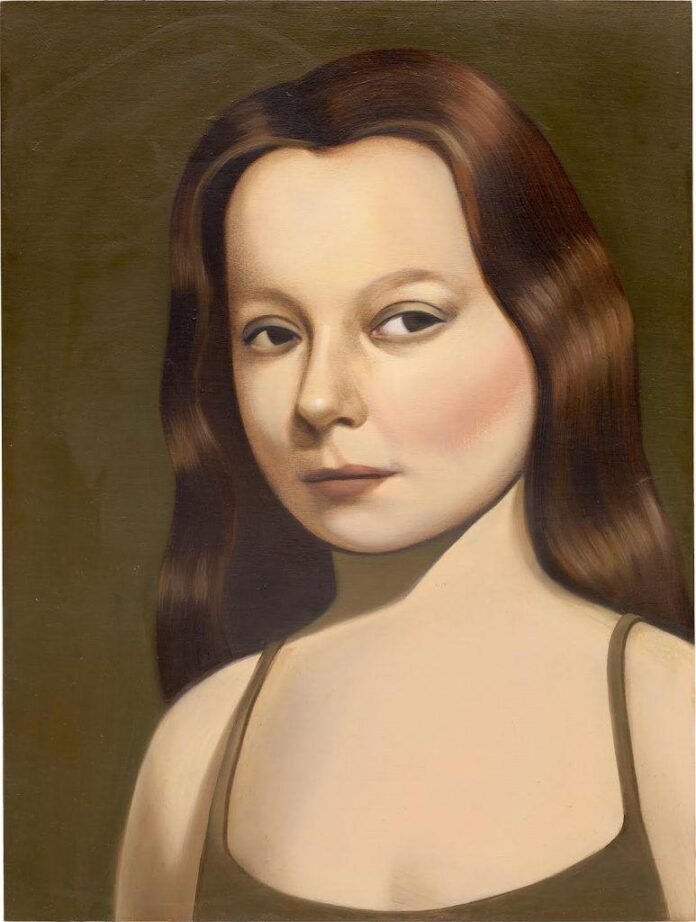As news broke last month of a lawsuit over an Anna Weyant painting owned by several parties and involving multiple companies, the risks of the market’s preference for complexity and opacity became increasingly transparent.
The dispute, brought by an unnamed collector represented by the prominent art lawyer Aaron Richard Golub, was brought against the collector Andre Sakhai, also trading under Aiden Fine Arts and The Art Collection (collectively described as AFTAC). First filed in February, the claim alleges that, while the purchase was split three ways (around $200,000 each), proceeds from its subsequent sale months later (a disappointingly low £240,000 hammer price) only headed one way—Sakhai’s.
Judd Grossman, the lawyer representing Sakhai, says: “As our response to the complaint makes clear, the parties jointly own several works, and when put in that proper context, this lawsuit can be chalked up to an unfortunate miscommunication, which hopefully will be sorted out promptly. This case is much to-do about nothing.”
Yet, the situation still raises important questions as to whether the market needs to reconsider the complexity of such transactions.
Emerging webs
At the heart of the argument is the level of transparency offered between parties. The claim outlines how the defendants “failed and/or refused to provide such a full and complete accounting so as to conceal Defendants’ wrongful acts in derogation of the Plaintiffs’ rights”.
Similarly, the defendant’s denial of allegations include the claim that the plaintiff is “withholding possession and all information about the status of two additional works”, which they argue they also jointly own.
That the companies involved are spearheaded by Andre Sakhai—whose father Ely Sakhai was jailed for selling fake art and who fell out with former friend Inigo Philbrick, the notorious dealer jailed for duping art collectors out of $86m (amid claims Philbrick sold a work by Wayde Guyton without Andre Sakhai’s knowledge) adds to the feeling that such networks have become a little, well, incestuous.
In addition to the flow of information, the claim also considers the flow of cash. It states that “[Sakhai] abused and continues to abuse the corporate form by dominating and controlling the affairs and assets of AFTAC, freely transferring funds between AFTAC and [Sakhai]”. The claim continues: “[Sakhai] used and continues to use AFTAC as, inter alia, a shell company in order to advance his personal interests and not the legitimate business interests of AFTAC”.
Of course, multiple owners and interlinked company structures are not new or illegal. However, there is a history of their appearance within criminal instances.
Indeed, the Sakhai case emerges in the same month as a financial adviser, known only as “Opel”, spoke to The Sunday Times about a “notorious” organised crime network headed up by the Irish-based Kinahan family. The unnamed source alleged that the network invested large swathes of their money in art (as well as other assets, including wine and stocks) using complex “banking schemes” and more than 200 companies. The interview included specific mention of a Banksy worth $16m and work by Yayoi Kusama, thought to be worth around $3m.
Lawyer Eric Montalvo, who is in a separate dispute with Kinahan, describes how the cartel’s “orientation was trying to be public facing, hiding in plain sight. Whether investing in art, boxing or wine, it is a very sophisticated way of becoming legitimate.”
The publication of the Pandora Papers by the International Consortium of Investigative Journalists last year revealed that more than 1,600 works of art were traded using shell companies and tax havens, including accounts used in the sale of looted artefacts by the late dealer Douglas Latchford, who was subsequently indicted (although always maintained his innocence).
Change on the horizon?
Governments are paying attention to the use of shell companies and limited transparency within the art trade. The 2020 US senate report into money laundering within the art market considered claims that $18m worth of art was purchased through shell companies linked to Arkady and Boris Rotenburg, a pair of Russian nationals who were sanctioned in 2014 (those transactions were not deemed illegal). Meanwhile, a Financial Action Task Force report into the art and antiquities market for organised criminals, which came out earlier this year, made specific mention of the risk posed by shell companies.
Nevertheless, the art lawyer Nicholas O’Donnell of Sullivan & Worcester is clear that, while capital-holding structures could be used to hide illicit money, “I do not see high-value art as a terribly smart way to try to launder money—which of course I discourage! Any payments will flow through a bank, which will have know-your-client issues that will enquire about the ultimate beneficial owner. And in the US [this owner] now has to be disclosed to a Treasury registry that is not available to the public, but which is accessible to law enforcement. The UK and EU have similar requirements.”
















![Christian Louboutin Is Taking His Red-Soled Shoes and ‘L’Exhibition[niste]’ Show on the Road. First Stop: Monaco](https://usaartnews.com/wp-content/uploads/TPNm31Q2Y9Lg5S4DI5incuuNcqNpdKfVXUCwLpkx-80x60.jpg)








